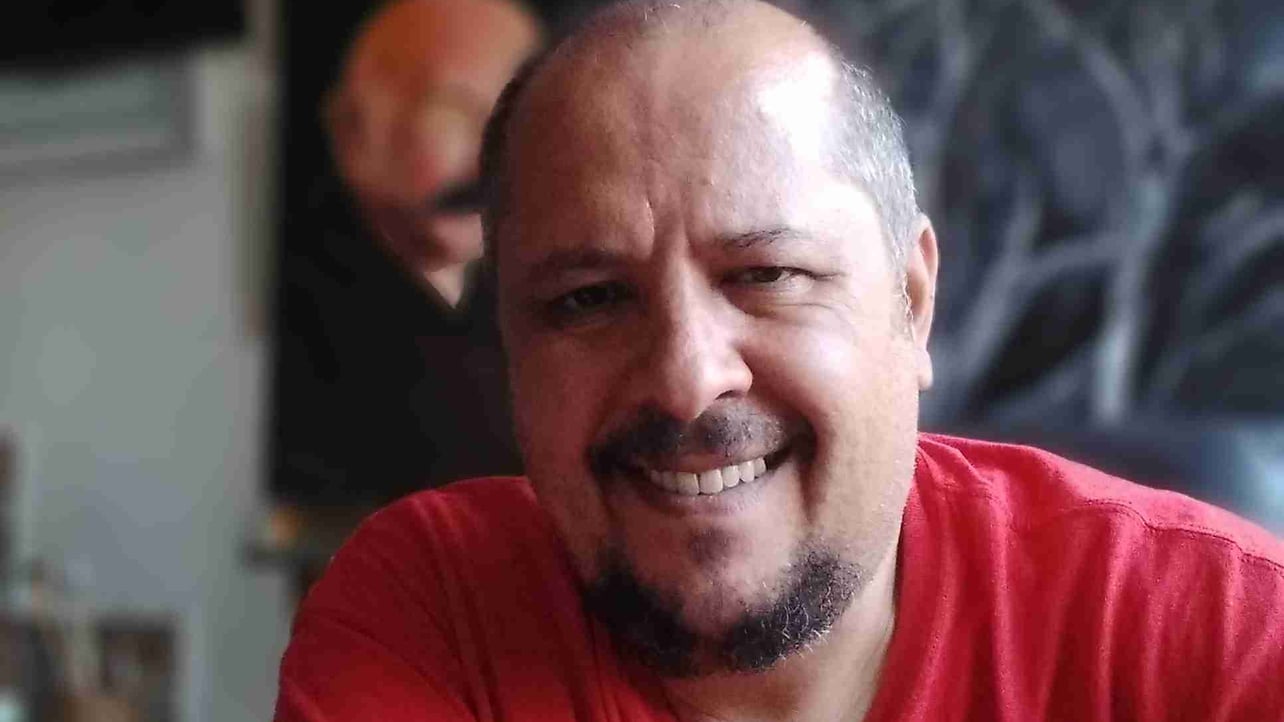
ELDENIZ
@eldeniz
214 Following
41 Followers
1 reply
0 recast
1 reaction
0 reply
0 recast
1 reaction
0 reply
0 recast
0 reaction
0 reply
0 recast
1 reaction
0 reply
0 recast
1 reaction
0 reply
0 recast
1 reaction
0 reply
0 recast
0 reaction
0 reply
0 recast
0 reaction
0 reply
0 recast
0 reaction
0 reply
0 recast
0 reaction
0 reply
0 recast
0 reaction
1 reply
1 recast
4 reactions
0 reply
0 recast
1 reaction
2 replies
1 recast
3 reactions
0 reply
0 recast
0 reaction
0 reply
0 recast
0 reaction
0 reply
0 recast
0 reaction
Born into an upper-middle-class family, Van Gogh painted as a child and was serious, quiet, and thoughtful, but showed signs of mental instability. As a young man, he worked as an art dealer and traveled often, but after moving to London he became depressed. He converted to religion and spent some time as a missionary in southern Belgium. Later he turned to illness and loneliness. He was keenly aware of modernist trends in art and, while back with his parents, turned to painting in 1881. His younger brother, Theo, supported him financially and the two had a long correspondence.https://i.postimg.cc/SsvTqKCG/van-gogh-self-portrait-with-bandaged-ear-painting-696x845.webp 0 reply
0 recast
0 reaction
0 reply
1 recast
0 reaction
0 reply
1 recast
0 reaction